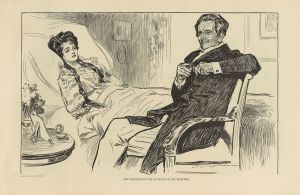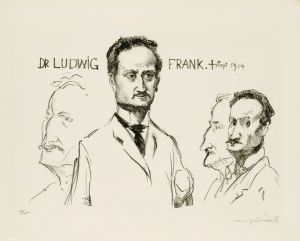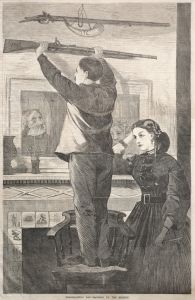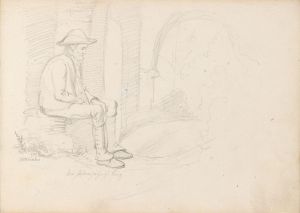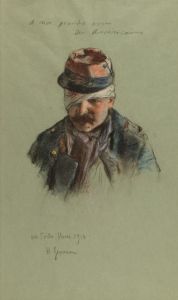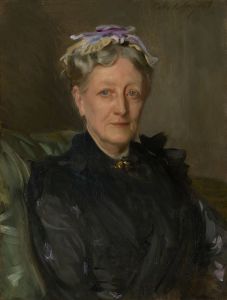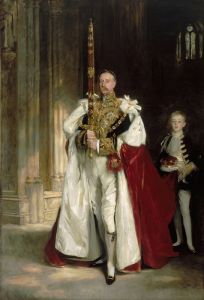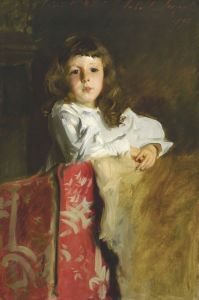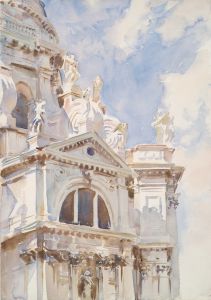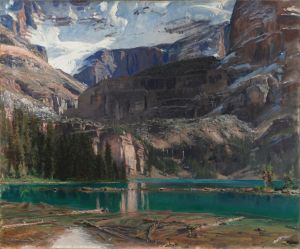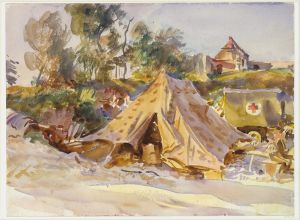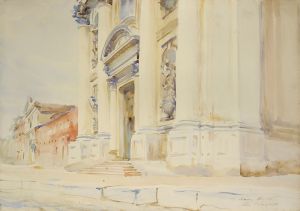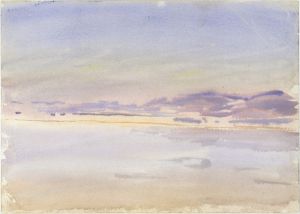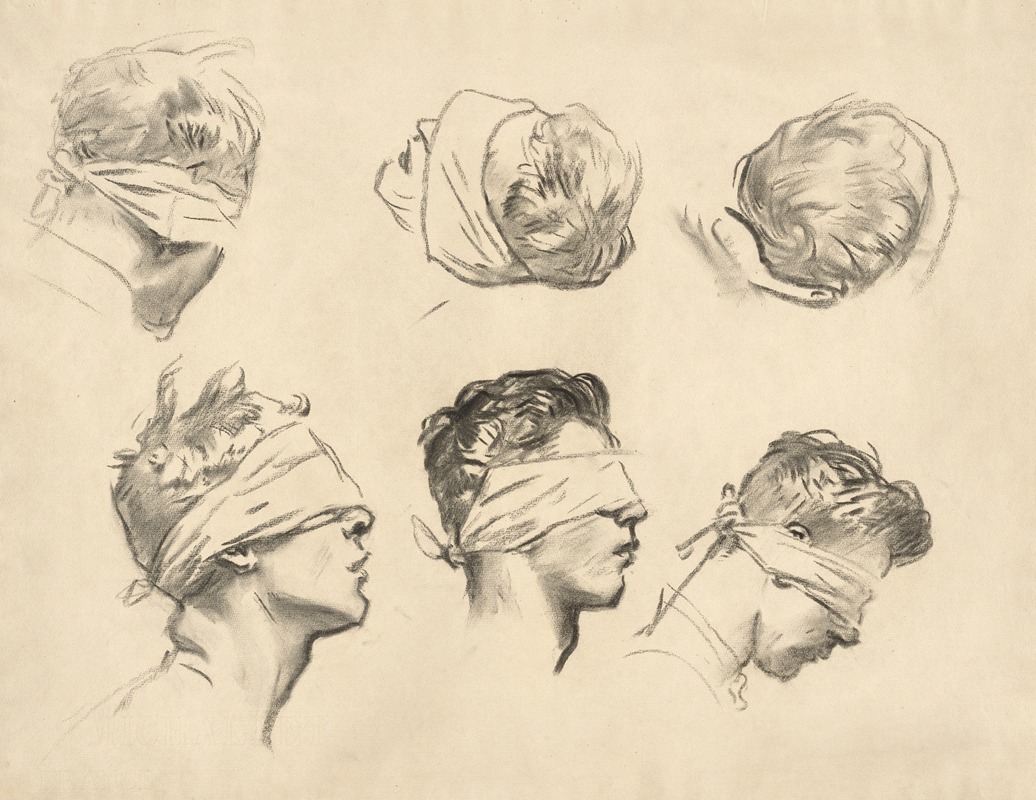
Studies for ‘Gassed’ III
A hand-painted replica of John Singer Sargent’s masterpiece Studies for ‘Gassed’ III, meticulously crafted by professional artists to capture the true essence of the original. Each piece is created with museum-quality canvas and rare mineral pigments, carefully painted by experienced artists with delicate brushstrokes and rich, layered colors to perfectly recreate the texture of the original artwork. Unlike machine-printed reproductions, this hand-painted version brings the painting to life, infused with the artist’s emotions and skill in every stroke. Whether for personal collection or home decoration, it instantly elevates the artistic atmosphere of any space.
"Studies for ‘Gassed’ III" is a preparatory work by the renowned American artist John Singer Sargent. This study is part of a series of sketches and preparatory works that Sargent created for his monumental painting "Gassed," which was completed in 1919. "Gassed" is one of Sargent's most significant works, commissioned by the British War Memorials Committee to commemorate the efforts and sacrifices of soldiers during World War I.
John Singer Sargent, born on January 12, 1856, in Florence, Italy, was an American expatriate artist known for his portraits and landscapes. By the time World War I broke out, Sargent was already an established and highly respected painter. His involvement in the war effort as an artist came about when he was commissioned to create a large-scale painting that would capture the impact of the war.
"Gassed" depicts the aftermath of a mustard gas attack on the Western Front. The painting shows a line of soldiers, blinded by the gas, being led to a medical station. The scene is both harrowing and poignant, capturing the grim reality of chemical warfare. Sargent's use of light and composition in "Gassed" highlights the vulnerability and suffering of the soldiers, making it a powerful anti-war statement.
The "Studies for ‘Gassed’ III" is one of several preparatory sketches that Sargent made while developing the final composition of "Gassed." These studies were crucial for Sargent to work out the details of the figures, their poses, and the overall arrangement of the scene. The sketches allowed him to experiment with different elements and refine his vision for the final painting.
In "Studies for ‘Gassed’ III," Sargent focuses on the individual soldiers and their expressions of pain and disorientation. The study captures the raw emotion and physical toll of the gas attack, providing a glimpse into the artist's process and his commitment to accurately portraying the horrors of war. The attention to detail in the soldiers' uniforms, their bandaged eyes, and their body language demonstrates Sargent's dedication to realism and his desire to honor the experiences of the soldiers.
Sargent's preparatory works, including "Studies for ‘Gassed’ III," are valuable not only for their artistic merit but also for their historical significance. They offer insight into the creative process behind one of the most important war paintings of the 20th century. These studies are preserved in various collections and continue to be studied by art historians and enthusiasts alike.
The final painting, "Gassed," was exhibited at the Royal Academy of Arts in London in 1919 and received widespread acclaim. It is now housed in the Imperial War Museum in London, where it remains a powerful reminder of the human cost of war. Sargent's work, including his preparatory studies, continues to be celebrated for its technical skill, emotional depth, and historical importance.





